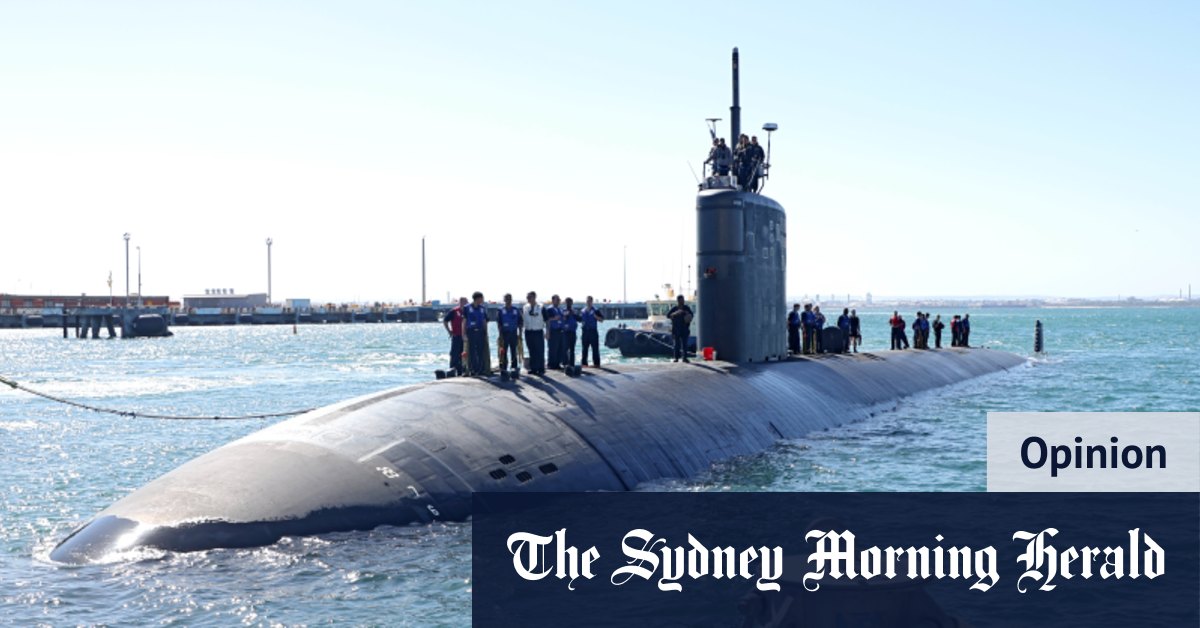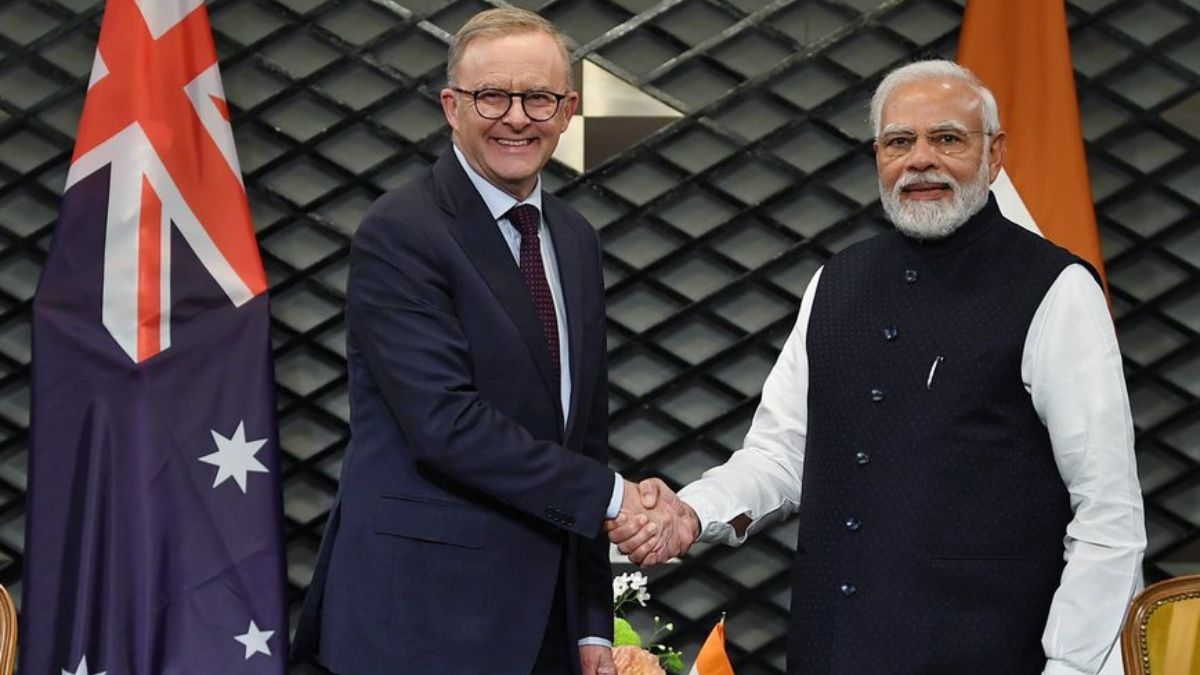A $50k bonus, cheap uni, extra healthcare: the 4400 navy jobs no one wants

- by Admin
- April 24, 2024

It’s also upgrading assisted study (giving personnel finance assistance or time off for educational pursuits) and expanding its health program to cover extra services, and Marles was upfront in saying Australia will look to recruit non-citizens from neighbouring countries (the Pacific Islands appear the most likely to be targeted).
Meanwhile, the Coalition is talking about not moving defence personnel around the country (or the world) on postings as often as another way of enticing people to sign up and to stay.
Extra money, better healthcare, guaranteed work and opportunities for study all seem reasonable ways to bring in new recruits. But as military strategy expert William Leben recently noted, wooing young Australians into the armed services is not easy.
“If you ask a lot of people in their early 20s, they will, for good reason, tell you that the biggest security problems facing the country have to do with climate change,” he told a national security conference. “They’re not particularly interested in geopolitics.”
The recruitment targets Marles was talking about are what Defence needs to meet the government’s – and the opposition’s – goal of increasing the number of people in uniform by a third by 2040.
This includes specialists, such as those who will be required to deal with the nuclear-powered submarines at the heart of the AUKUS agreement.
Loading
By one estimate, Australia will need 8000 people with nuclear training to build and service the new submarines that are scheduled to hit our waters some time in the 2040s. But at present, there’s only a tiny number of people with those skills and requisite background.
This at a time when the Coalition is proposing a network of nuclear power plants across the country. Putting to one side the construction costs (there’s not one being built in the developed world that’s on cost and on schedule), the biggest problem is that Australia simply doesn’t have the nuclear workforce to service the industry. Even if we were to begin training up people now, that is still a long, long way down the track. Not to mention the market competition that would develop between the power industry and the naval forces for these specialists.
And that’s just in the defence space. Both the government and the opposition know the aged care and health sectors need tens of thousands of extra staff with special skills, while manufacturing and teaching staff are also falling well behind what’s needed.
Loading
There are relatively few options available to the government to boost Defence enlistment rates bar conscription (which, given Australia’s history with conscription in the 1910s or the 1960s-70s, would splinter the community). The Coalition’s idea of not moving personnel around from base-to-base across the country has merit, but it is not the kind of change that will draw in 8000 nuclear engineers.
Both sides know there is a problem and both are on the right path – pay, conditions, taking in non-citizens – in terms of options to boost overall personnel numbers. But still, it’s not enough.
Ever since AUKUS was first announced back in 2021, the focus has been on the years it will take before Australia has a nuclear-powered submarine prowling the Indian or Pacific oceans.
But there’s no use worrying about these boats when the immediate problem is having enough people to build or operate them.
Shane Wright is a senior economic correspondent.
The Opinion newsletter is a weekly wrap of views that will challenge, champion and inform your own. Sign up here.
The Latest News
-
November 22, 2024‘Taking a bullet for your country’: Indian rookie’s defiance as Starc shoots down Perth claim
-
November 22, 2024Blink and you’ll miss it: After 17 wickets already, the Perth Test will only speed up from here
-
November 22, 2024India bowlers sow trouble Down Under: What is Australia’s lowest team score in Tests at home? | Sporting News India
-
November 22, 2024Second Australian dies from tainted alcohol in Laos, sixth death reported
-
November 22, 2024‘Boom Boom’ Bumrah puts Australia’s batters on the canvas




